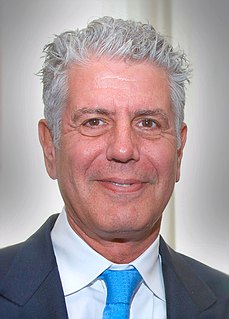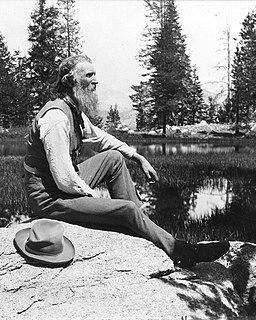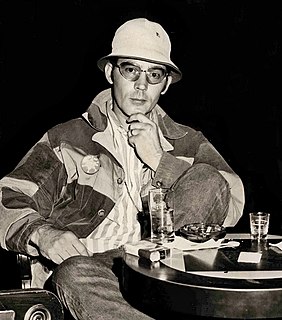A Quote by Raymond Sokolov
Sichuan food would not be Sichuanese without the hot chilies that arrived before 1700 from South America.
Related Quotes
Americans should be receiving one plate a day of hot food. That's not too much to ask in America. An MRE is very expensive for the American taxpayer. A hot meal is more affordable, it's cheaper. It's what people really need, it's what people really want. They feel all of a sudden that you are caring for them, that America is caring for them.
In contrast, Western historians, and those in South Korea, say the North attacked the South on June 25, 1950. Both sides agree that after the war began, the North Korean Army captured Seoul in three days and pushed as far south as Pusan before American troops arrived to drive back the North Koreans nearly as far north as the border to China.
In studying food, you embrace everything. Food exposes the long, complex history of the South - slavery, Jim Crow segregation, class struggle, extreme hunger, sexism, and disenfranchisement. These issues are revealed through food encounters, and they contrast this with the pleasure and the inventiveness of Southern cuisine. Food is always at the heart of daily life in the South.
There are a couple of different types of food I eat a lot. I was raised in the South, in Tennessee, so I’m going to go with comfort food, soul food. I would probably start with collard greens and candied baby carrots and then have some biscuits and white gravy - and for dessert, probably blackberry cobbler.

































